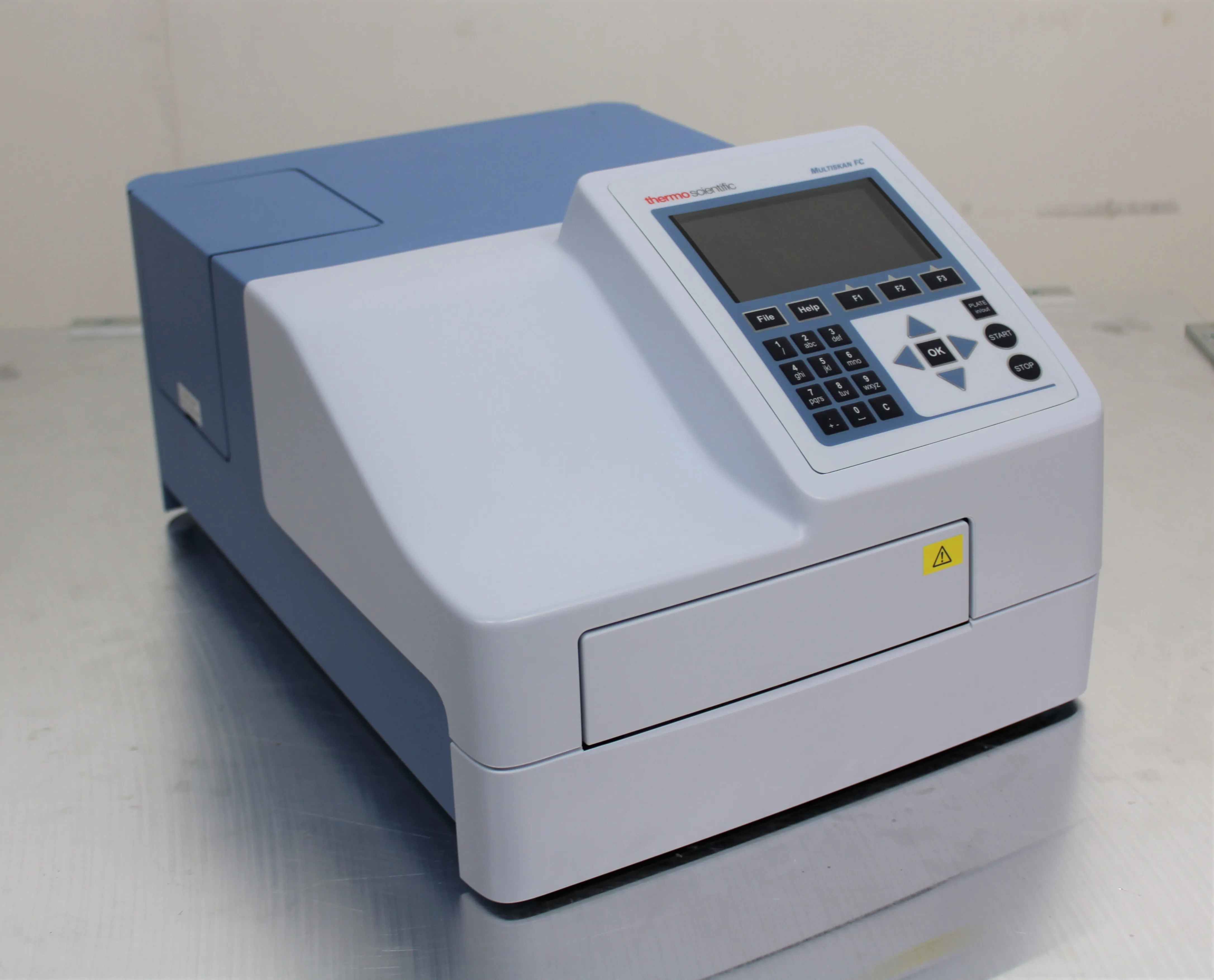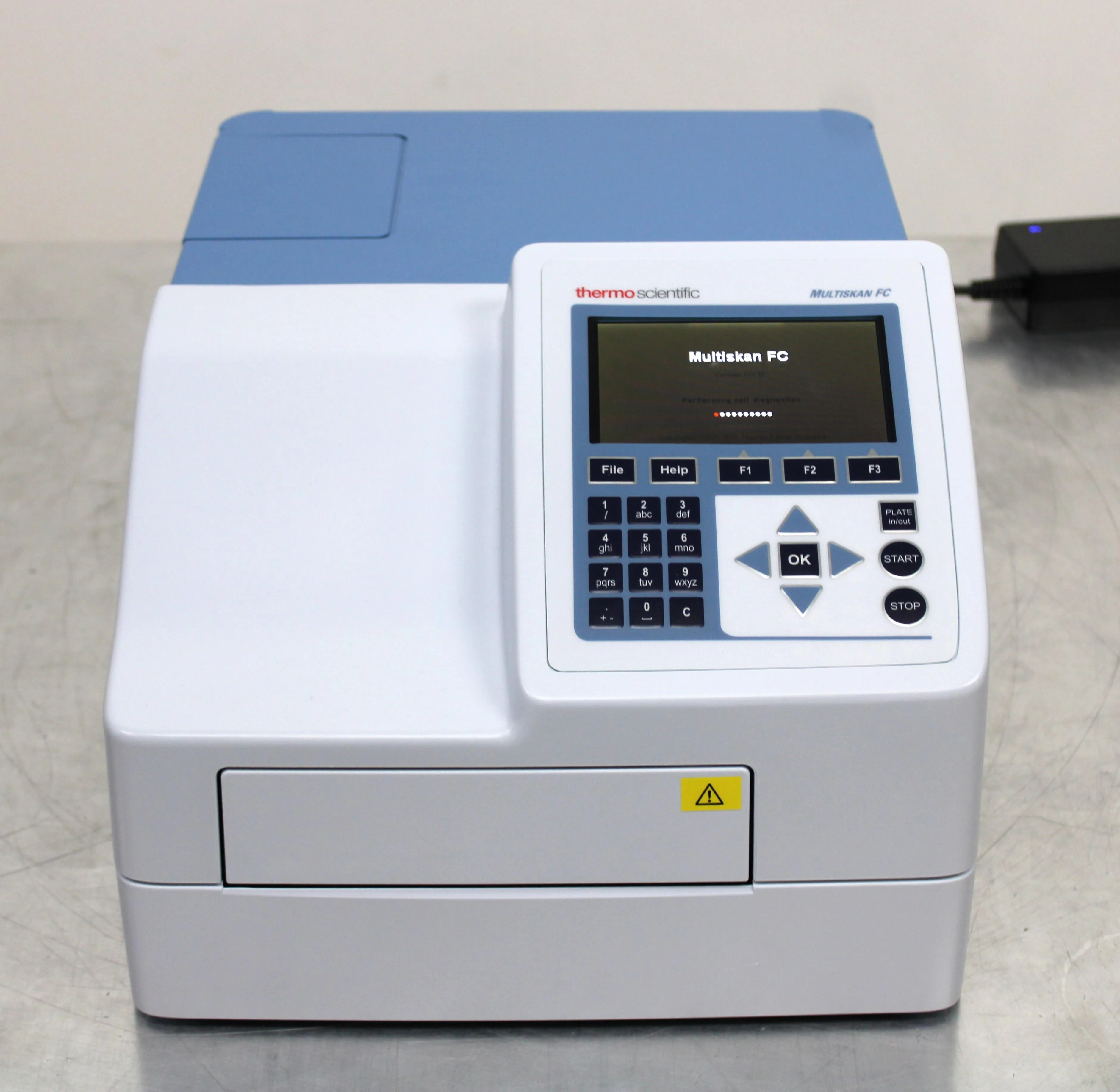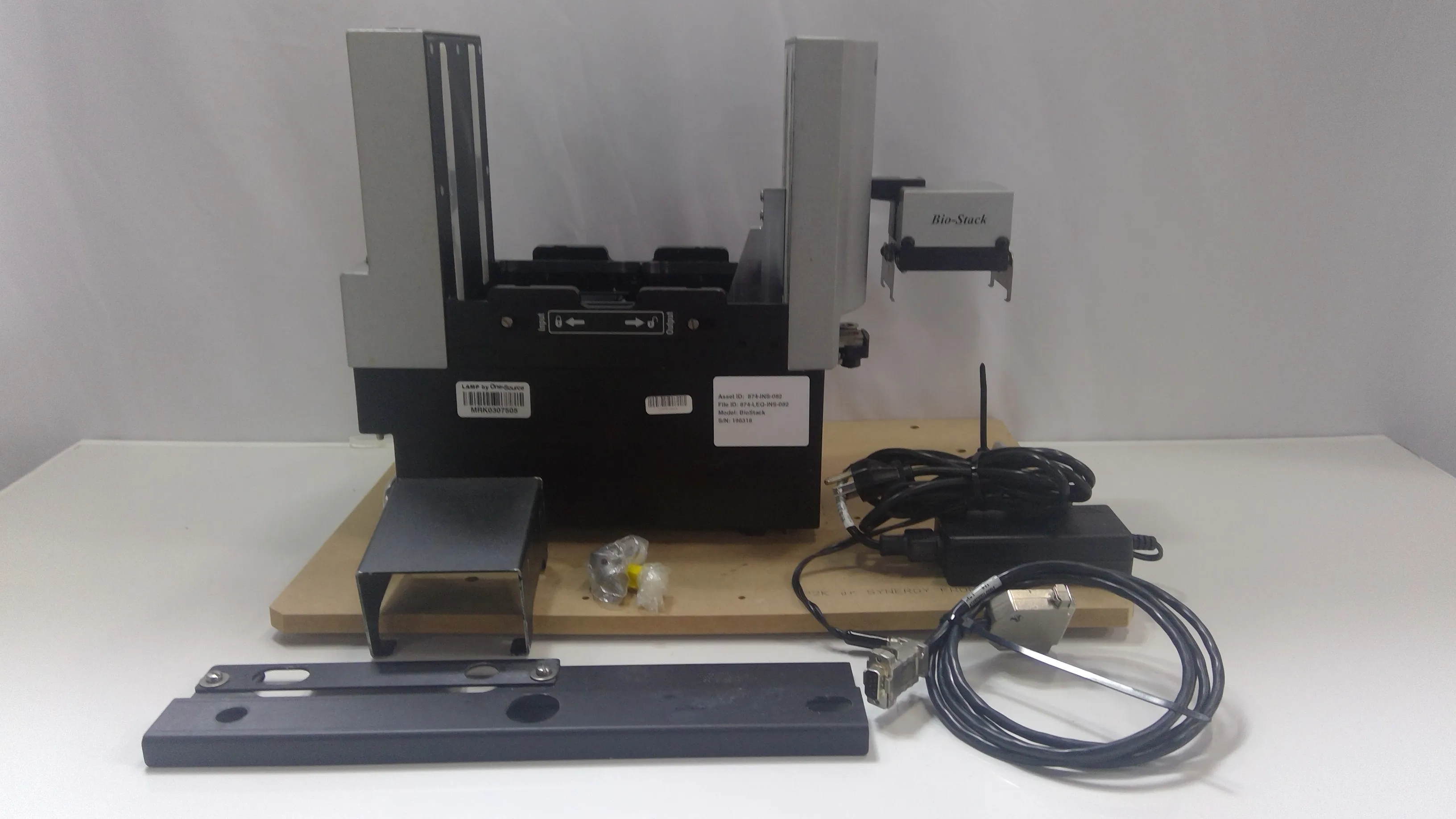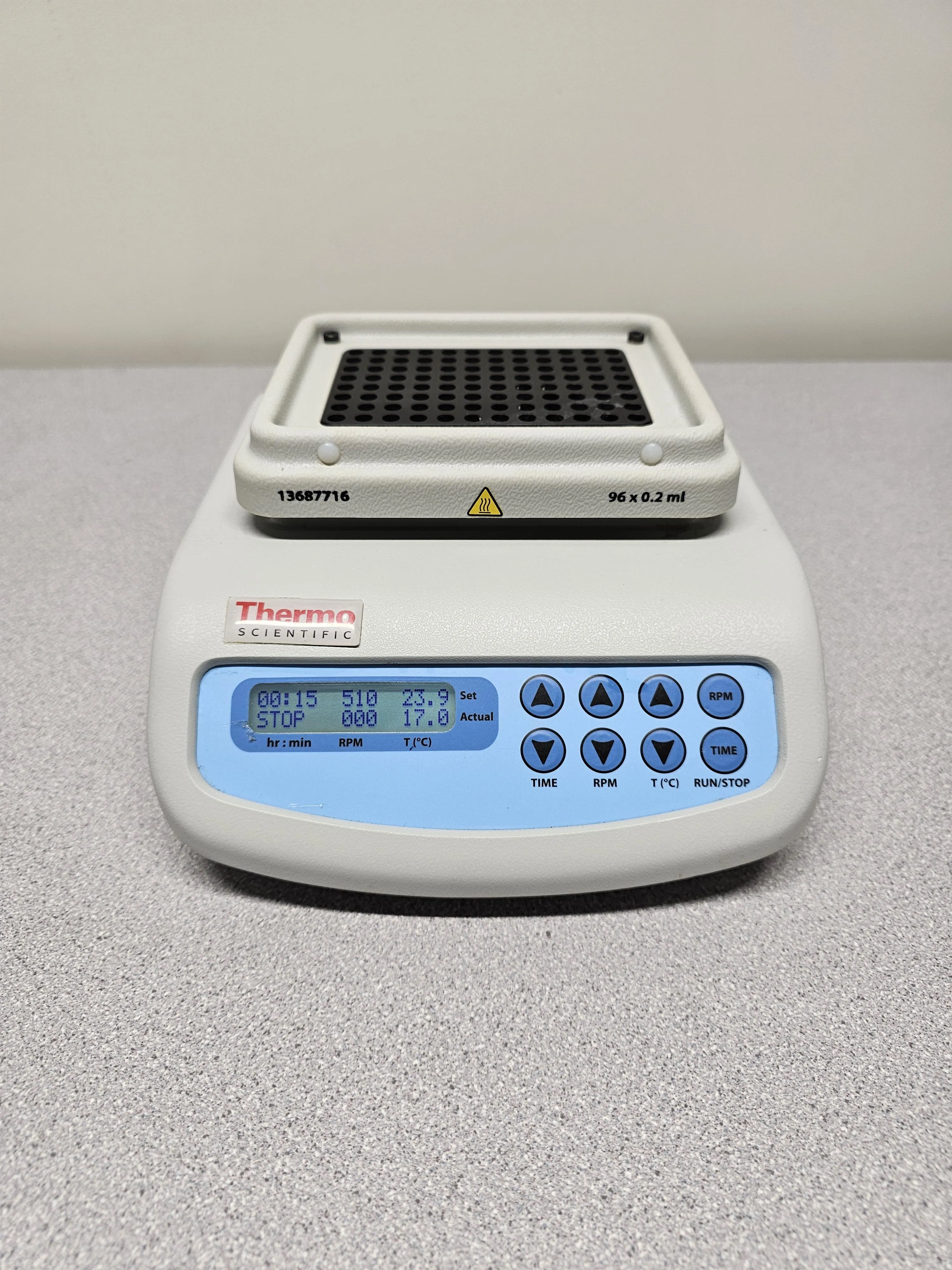Explore our wide selection of Microplate Equipment designed to streamline laboratory workflows and enhance efficiency. From microplate readers and washers to sealers and handlers, we offer a range of solutions to meet your research needs. Find the right microplate equipment to optimize your experiments and achieve reliable results.
Microplate Equipment
Price Filter
$0.00 - $45,000.00Product Region
Product Condition
Product Warranty
Browse By Category

Thermo Scientific Wellwash Microplate Washer REF: 5165000

Labsystems Fluoroskan Microplate Fluorometer 374 Protein Analyzer

Thermo Scientific Multiskan FC Microplate Photometer REF:51119000
Question & Answers For:
Microplate Equipment
Past Questions, Helpful Answers.
What types of experiments can I use Microplate Equipment for?
Microplate equipment is commonly used in various types of laboratory experiments, including high-throughput screening, enzyme-linked immunosorbent assays (ELISA), PCR assays, and cell-based assays. It is ideal for applications that require precise handling of small sample volumes and high-throughput processing.
How does a microplate reader work?
A microplate reader is used to measure the absorbance, fluorescence, or luminescence of samples in microplates. It works by shining light through the samples in each well of the plate and measuring the resulting intensity of light that passes through, reflecting the concentration of the substance being tested.
What is the role of a microplate washer?
A microplate washer is used to automate the washing process in experiments that involve multiple reagents. It removes unbound substances from the wells of the microplate, which is crucial for obtaining accurate results in assays like ELISA or cell-based assays.
How can microplate equipment improve the accuracy of my experiments?
Microplate equipment improves accuracy by offering consistent and precise handling of samples, minimizing human error. Devices like microplate readers, washers, and sealers ensure that each step of the experiment is performed reliably, leading to more reproducible results.
Is microplate equipment easy to use for beginners?
Many microplate equipment models are designed with user-friendly interfaces and automated features that make them accessible to beginners. However, it’s important to follow the manufacturer’s guidelines for proper operation and ensure you receive appropriate training to use the equipment effectively.
Can microplate equipment be used for high-throughput screening?
Yes, microplate equipment is ideal for high-throughput screening due to its ability to handle multiple samples simultaneously. Devices like microplate readers, washers, and handlers are designed to streamline workflows and increase the throughput of experiments.
Do I need special consumables for using microplate equipment?
Yes, depending on the type of microplate equipment you are using, specific consumables such as microplates, sealing films, and tips may be required. It is important to use compatible consumables to ensure optimal performance and avoid damage to the equipment.
Can microplate equipment be used for both small and large-scale experiments?
Yes, microplate equipment can be used for both small-scale and large-scale experiments. Its versatility makes it suitable for various lab sizes, and it can handle a range of sample volumes efficiently. However, the scale of your experiments may dictate the type and number of equipment needed.
What features should I consider when choosing microplate equipment?
When choosing microplate equipment, consider factors such as compatibility with the types of assays you plan to run, ease of use, automation features, throughput capacity, and the range of detection (e.g., absorbance, fluorescence). Additionally, consider the equipment's reliability, support, and service options.
Can I use different types of microplates with the equipment?
Yes, most microplate equipment is designed to be compatible with a variety of microplates, including standard 96-well plates, 384-well plates, and 1536-well plates. However, it’s essential to confirm the compatibility of the specific equipment with the microplate types you plan to use.








